Home>Garden Essentials>How Do Many Seeds Arrive In A Barren Landscape?
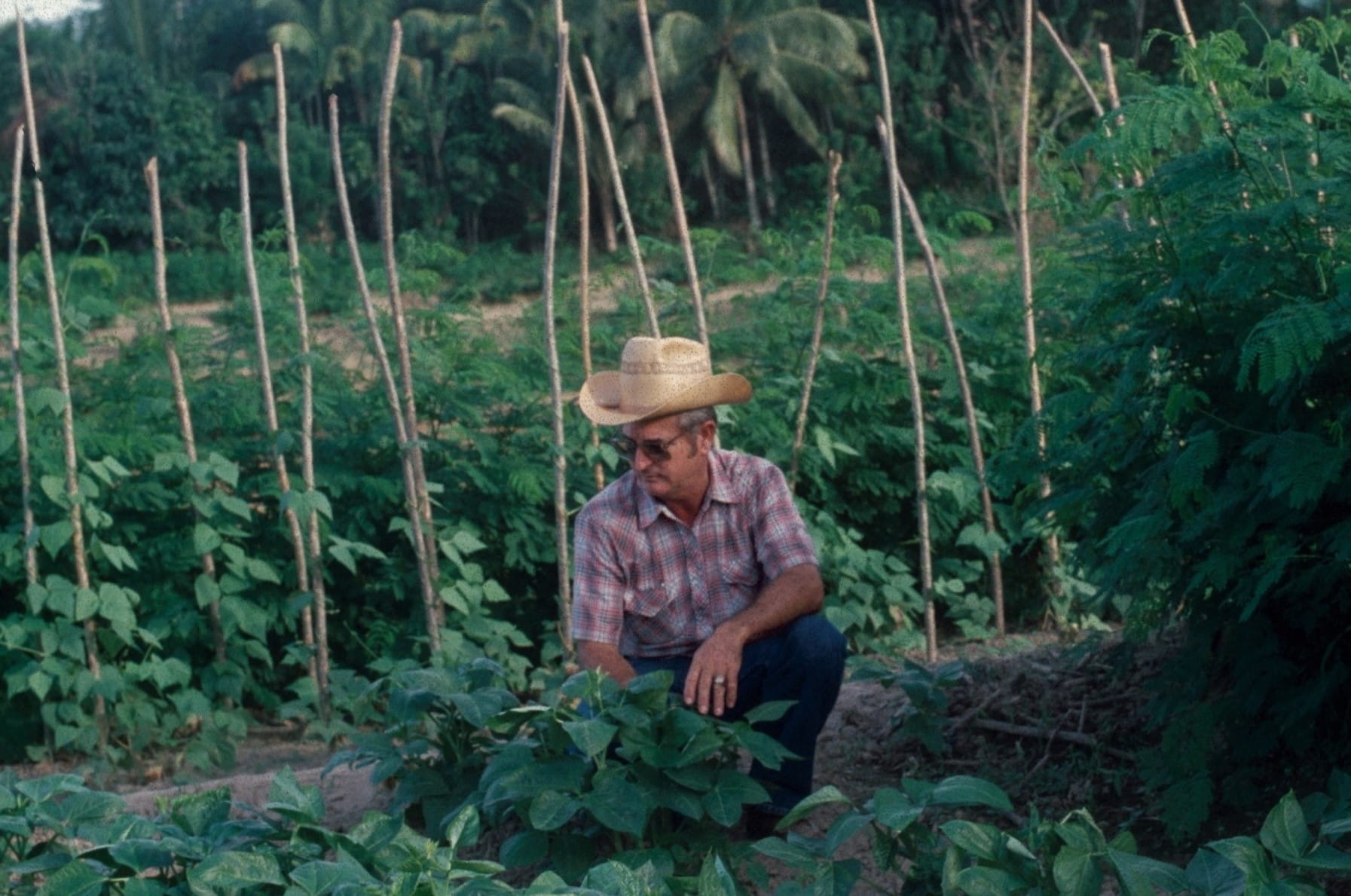

Garden Essentials
How Do Many Seeds Arrive In A Barren Landscape?
Modified: November 1, 2024
Discover the secrets of transforming a barren landscape into a vibrant garden. Learn how to make many seeds thrive and flourish in your own backyard.
(Many of the links in this article redirect to a specific reviewed product. Your purchase of these products through affiliate links helps to generate commission for Storables.com, at no extra cost. Learn more)
Introduction
Barren landscapes, with their seemingly inhospitable conditions, may appear to be void of life and incapable of supporting any form of plant growth. However, nature has its own way of surprising us. Amidst the desolation, small miracles happen – seeds arrive, take root, and thrive.
But how do these precious seeds find their way to such seemingly unwelcoming environments? The answer lies in the mechanisms of seed dispersal. Plants have evolved fascinating strategies to ensure their offspring are dispersed far and wide, increasing their chances of survival and colonization.
In this article, we will explore the various ways in which seeds arrive in barren landscapes. We will look at the role of wind, animals, water, and even humans in dispersing seeds. We will also delve into the adaptations that seeds possess to overcome the challenges of barren landscapes. So, sit back, and let’s unravel the mysteries of seed dispersal!
Key Takeaways:
- Seeds use wind, animals, water, and humans to reach barren landscapes, defying odds and establishing plant life in seemingly inhospitable environments.
- Plants have evolved remarkable adaptations to overcome challenges in barren landscapes, including drought tolerance, efficient nutrient utilization, and localized seed dispersal.
Read more: How Many Carbs Do Sunflower Seeds Have
Seed Dispersal Mechanisms
Seed dispersal is the process by which plants disperse their seeds to new locations. This is crucial for the survival and diversity of plant species as it allows them to colonize new habitats and escape competition with parent plants. There are several mechanisms through which seeds are dispersed, each with its own unique advantages and strategies.
Wind Dispersal
One of the most common and effective seed dispersal mechanisms is through the power of the wind. Many plants have evolved lightweight, aerodynamically designed seeds that are easily carried away by gusts of wind. These seeds may have structures like wings, plumes, or parachutes that enable them to float and be carried over long distances. Examples of plants that rely on wind dispersal include dandelions, maple trees, and cottonwood.
Animal Dispersal
Animals play a vital role in seed dispersal, often unintentionally. Some plants have evolved fruits or seed pods that entice animals with their delicious taste or vibrant colors. Animals like birds, mammals, and even insects consume these fruits and seeds, and later excrete them in different locations, allowing for seed dispersal. This is known as endozoochory. In addition, some plants have developed adaptations like burrs or hooks that attach to animal fur or feathers, ensuring that seeds hitch a ride to a new habitat.
Water Dispersal
For plants that live near water bodies, like rivers, lakes, or oceans, water becomes a crucial seed dispersal agent. These plants produce buoyant seeds that are either hollow or have air-filled chambers, allowing them to float on the water’s surface. As the currents carry these seeds away, they eventually reach new areas where they can germinate and grow. Some examples of water-dispersed plants are water lilies, coconuts, and willow trees.
Read more: How Many Days Do Tomatoes Take To Germinate
Human Dispersal
Humans have been manipulating seed dispersal for centuries, intentionally or unintentionally. We play a significant role in the spread of both cultivated and wild plant species. When we plant gardens or farms, we ensure the dispersal of seeds to new areas. In contrast, unintentional or accidental dispersal happens when seeds cling to our clothes or are transported through commercial activities. From spreading wildflowers through scattered seed bombs to planting trees in urban areas, human-directed seed dispersal has had a profound impact on the distribution of plant species.
These mechanisms are not mutually exclusive, and many plants employ multiple methods to increase their chances of seed dispersal. They have evolved remarkable adaptations to overcome the challenges of barren landscapes and find new opportunities for growth. Let’s take a closer look at some of these adaptations in the next section.
Wind Dispersal
Wind dispersal, also known as anemochory, is a common and effective method employed by plants to disperse their seeds over long distances. This mechanism is particularly advantageous in barren landscapes where there may be limited opportunities for seed dispersal through other means.
Plants that rely on wind dispersal have evolved specialized adaptations to take advantage of air currents and maximize the chances of seed dispersal. One key adaptation is the production of lightweight seeds that are easily lifted by even the gentlest breeze. These seeds are often small in size and have structures like wings, plumes, or parachutes that increase their surface area and allow them to float and be carried by the wind.
An excellent example of wind-dispersed seeds is the dandelion. Its familiar white puffball, known as a “clock,” is a cluster of seeds attached to a fine, feathery structure called the pappus. When the dandelion matures, the pappus acts as a mini-parachute, enabling the seeds to catch the wind. As the wind carries them away, the seeds gradually detach and drift to new locations where they can germinate.
Another plant that relies heavily on wind dispersal is the maple tree. Its seeds, known as samaras or “helicopter seeds,” have two wing-like structures that allow them to spin and float through the air. This spinning action increases the chances of the seed being carried far away from the parent tree.
Cottonwood trees also employ wind dispersal to spread their seeds. Their seeds are encapsulated in fluffy fibers that resemble cotton, hence the tree’s name. As the fibers catch the wind, the seeds are carried over vast distances, ensuring the species’ survival and colonization in different areas.
While wind dispersal can be a highly effective method, it does come with some challenges. The success of wind-dispersed seeds relies heavily on the availability of strong and consistent air currents. Therefore, in barren landscapes where wind might be infrequent or unpredictable, the dispersal of seeds through this mechanism can be hindered. Additionally, wind dispersal may result in seeds being scattered haphazardly, leading to a random distribution pattern rather than a concentrated colonization in specific areas.
Overall, wind dispersal is a remarkable adaptation that allows plants to reach new and distant locations, increasing their chances of survival and species diversity. By utilizing lightweight seeds with specialized structures, plants navigate the barren landscapes and ensure their offspring have a chance to take root and flourish.
Animal Dispersal
Animal dispersal, also known as zoochory, is another important mechanism by which seeds are transported to new locations. Many plants have evolved to rely on animals for dispersal, leveraging their movement and behavior to ensure the wide distribution of seeds.
Animal dispersal can occur through different methods, including endozoochory, where seeds are dispersed by passing through an animal’s digestive system, and epizoochory, where seeds attach themselves to the exterior of an animal’s body and are carried to new areas. Both methods have their advantages and help plants overcome the challenges presented by barren landscapes.
Endozoochory is a common form of seed dispersal, involving animals consuming fruits or seeds and later excreting them in different locations. Fruits are often vibrant in color, sweet in taste, and rich in nutrients to attract animals. As animals consume these fruits, the seeds are protected within their digestive tracts. Once excreted, the seeds are surrounded by nutrient-rich feces, providing them with a fertile environment for germination and growth.
Many birds play a significant role in endozoochory. They consume a wide variety of fruits, berries, and seeds, often flying long distances before depositing the undigested seeds in their droppings. This method allows seeds to be dispersed far from the parent plant, increasing their chances of survival and avoiding competition.
Mammals, too, contribute to seed dispersal through endozoochory. For instance, certain primates, like monkeys and apes, consume fruits and distribute the seeds throughout their habitat as they move and defecate. Some rodents, such as squirrels, also play a role in endozoochory by caching nuts and seeds for future consumption. However, they often forget their caches, effectively “planting” the seeds in different areas.
Epizoochory, on the other hand, involves seeds hitching a ride on the fur, feathers, or skin of animals. Some plants have evolved adaptations like barbs, hooks, or sticky substances that allow their seeds to cling onto animals. As the animals move, the seeds are transported to new areas, where they can fall off and germinate.
An example of epizoochory is the burdock plant. It produces burrs that have tiny hooks, enabling them to attach to the fur or feathers of passing animals. As the animals move, the burrs are carried along, eventually falling off in different locations. This allows the burdock plant to colonize new areas and expand its territory.
Animal dispersal can be a highly effective method, as it relies on the mobility and behavior of animals to transport seeds over long distances. It also ensures that seeds are dispersed in different directions, increasing their chances of finding suitable conditions for germination.
However, animal dispersal is not without its challenges. It requires the presence of animals capable of dispersing seeds, and in barren landscapes where animal populations may be sparse, seed dispersal through this mechanism may be limited. Additionally, animal dispersal can result in seeds being deposited in unsuitable habitats or areas already populated by the parent plant, reducing the chances of successful germination and growth.
Nonetheless, animal dispersal remains a fascinating adaptation that plants have evolved to overcome the challenges of barren landscapes. By relying on the movement and behavior of animals, plants can ensure the widespread dispersal of their seeds, increasing their chances of survival and successful reproduction.
Water Dispersal
Water dispersal, also known as hydrochory, is a remarkable mechanism by which plants disperse their seeds through bodies of water. This method is particularly advantageous for plants growing near rivers, lakes, or oceans, as it allows them to reach new habitats and colonize areas that may be inaccessible through other means.
Plants that rely on water dispersal have developed adaptations to ensure that their seeds can float and travel with the water currents. These adaptations allow the seeds to be transported over long distances, increasing their chances of finding suitable environments for germination and growth.
One significant adaptation seen in water-dispersed plants is the production of buoyant seeds. These seeds are often lightweight or have air-filled structures that help them float on the water’s surface. The ability to float prevents the seeds from sinking or becoming waterlogged, increasing their chances of being carried along by the current.
A classic example of water dispersal is the water lily. The seeds of water lilies are enclosed in buoyant pods with air-filled chambers. As the pods ripen and float on the water’s surface, they eventually burst open, releasing the seeds. These seeds then drift away with the water current, settling in new areas where they can germinate and grow into new water lilies.
Coconuts also rely on water dispersal to reach distant shores. The fibrous husk surrounding the coconut serves as a flotation device, allowing the coconut to be carried by ocean currents. Over time, coconuts can travel vast distances before washing up on a new shoreline. Here, they have the opportunity to germinate and establish themselves in a different coastal environment.
In addition to natural bodies of water, water dispersal can also occur during heavy rainfall events. Rainwater can wash away seeds from their parent plants, carrying them along streams, creeks, and even temporary floodwaters. These seeds can then be deposited in new areas, aiding in their dispersal and colonization.
However, water dispersal does come with its challenges. Seeds that are dispersed in bodies of water may encounter turbulent or fast-flowing currents, increasing the likelihood of getting carried away to unsuitable habitats or becoming trapped in vegetation along the water’s edge. Additionally, water dispersal may not be effective in completely barren landscapes with no water sources present.
Nevertheless, water dispersal remains a crucial method for plants to expand their range and colonize new habitats. By utilizing the forces of water currents, plants ensure the widespread dispersal of their seeds, increasing their chances of survival and maintaining species diversity.
Read more: How Many Carbs Do Pumpkin Seeds Have
Human Dispersal
Human dispersal, also known as anthropochory, plays a significant role in the spread of both cultivated and wild plant species. Humans have been intentionally and unintentionally dispersing seeds for thousands of years, shaping the distribution and diversity of plant life around the world.
Intentional human dispersal occurs when we actively plant seeds in new locations. This can be done through various activities like gardening, agriculture, reforestation projects, and landscaping. When we plant a garden or start a farm, we introduce new plant species to an area, ensuring their dispersal and establishment. We carefully select and sow seeds, allowing plants to grow and thrive in environments where they may not have naturally occurred. This intentional dispersal has had a profound impact on agriculture, horticulture, and the aesthetic landscape we create.
Unintentional or accidental human dispersal, on the other hand, occurs when seeds are unintentionally carried by humans as they move and transport goods. Seeds can attach themselves to our clothing, footwear, or belongings, allowing them to be inadvertently deposited in new areas. This form of dispersal can occur during activities like hiking, camping, or simply walking through natural areas. Commercial activities such as shipping and transportation can also lead to the unintentional dispersal of seeds across vast distances and between continents.
The unintentional human dispersal of plant seeds becomes particularly evident in urban areas. The development and expansion of cities have led to the inadvertent spread of plant species, both native and non-native. Seeds can be transported through building materials, machinery, or even by wind currents created by the urban landscape. As a result, urban areas often have a diverse mix of plant species, including both intentionally planted and accidentally introduced ones.
Human dispersal of seeds has had both positive and negative consequences. On one hand, intentional dispersal has allowed us to cultivate a wide variety of plant species for food, medicine, and aesthetic purposes. We have created lush gardens, bountiful farms, and beautiful landscapes through our deliberate actions. On the other hand, unintentional dispersal can lead to the introduction of invasive species that outcompete and displace native plants, disrupting ecosystems and biodiversity.
However, it is important to note that human dispersal, both intentional and unintentional, is an integral part of our interaction with the natural world. It is a reflection of our ability to shape and influence the distribution of plant life. As we become more aware of the impacts of our actions on the environment, we can make informed decisions and practices that promote the responsible and sustainable dispersal of plant seeds.
Overall, human dispersal of seeds has played a significant role in shaping the plant diversity we see today. Whether intentional or unintentional, our actions as humans have contributed to the spread and colonization of plant species, both in barren landscapes and beyond.
Seed Dispersal Adaptations
Plants have evolved a variety of fascinating adaptations to ensure the successful dispersal of their seeds. These adaptations enable seeds to overcome the challenges posed by barren landscapes and increase their chances of reaching suitable environments for germination and growth. Let’s explore some of these remarkable adaptations:
Seed Size and Shape
Seeds come in a wide range of sizes and shapes, each adapted to a specific dispersal mechanism. Some seeds are small and lightweight, ideal for wind dispersal. Their size allows them to be easily carried away by even the slightest breeze. Other seeds may be larger and heavier, suited for animal dispersal. These seeds are often equipped with structures that aid in their attachment to the fur or feathers of animals, increasing their chances of hitching a ride to new locations.
Seed Coatings and Disguises
Some seeds have evolved unique coatings and disguises that aid in their dispersal. These coatings may be tough and resistant to environmental pressures, ensuring the seed’s protection during its journey. Additionally, seeds may have coatings that are attractive to animals, encouraging them to consume the seed and disperse it through their digestive system. Seeds may also be disguised as fruits or other nutritious structures, enticing animals to consume them and carry the seeds to different locations.
Read more: How Many Seeds Do You Plant In One Hole
Floatation Devices
For plants that rely on water dispersal, the ability of seeds to float is crucial. These seeds often have air-filled structures or buoyant materials that allow them to remain on the water’s surface, increasing their chances of being carried by currents. Some seeds even possess water-resistant coatings that prevent them from becoming waterlogged and sinking, ensuring their successful dispersal through water bodies.
Seed Dispersal Structures
Plants have evolved various structures to aid in the dispersal of their seeds. Some seeds have wings, plumes, or parachutes that enhance their aerodynamic properties, enabling them to be carried by the wind over long distances. Other seeds have structures like barbs, hooks, or sticky substances that facilitate their attachment to animals, allowing for dispersal through endozoochory or epizoochory.
Germination Timing and Dormancy
Seeds may have specific adaptations that regulate their germination timing. This ensures that the seeds do not germinate immediately after dispersal, but rather at a time when favorable conditions are more likely. Some seeds have a period of dormancy, during which they remain inactive until specific environmental cues trigger germination. This adaptation allows seeds to wait for suitable conditions, such as the arrival of the rainy season, increasing the chances of successful growth in barren landscapes.
The diversity of seed dispersal adaptations reflects the remarkable strategies that plants have developed to ensure their survival and colonization. These adaptations allow seeds to navigate through barren landscapes, overcome challenges, and increase their chances of finding suitable environments for germination. By utilizing a combination of seed size, shape, coatings, and dispersal structures, plants maximize their dispersal potential and ensure the continuity of their species.
Barriers and Challenges in Barren Landscapes
Barren landscapes present unique challenges for plants in terms of seed dispersal and colonization. These landscapes are characterized by inhospitable conditions such as aridity, extreme temperatures, nutrient-poor soils, and limited water availability. As a result, plants face several barriers and challenges in their quest to establish and thrive in such environments.
Read more: How Many Carrots Do You Get From One Seed
Seed Dispersal Limitations
In barren landscapes, the lack of suitable dispersal agents can greatly hinder seed dispersal. Wind dispersal may be impeded by calm or inconsistent air currents, reducing the chances of seeds reaching new areas. Animal dispersal can be limited if there is a scarcity of animals capable of carrying seeds or if animal populations are sparse in the area. Water dispersal may also be restricted if there are no nearby water bodies or if the landscape lacks sufficient rainfall to facilitate effective seed transport.
Harsh Environmental Conditions
Barren landscapes are characterized by harsh environmental conditions, including extreme temperatures and arid soils. These conditions can be detrimental to seed viability and germination. High temperatures can cause seed desiccation, leading to seed death before they can establish. While some seeds have adaptations to withstand extreme conditions, many seeds may struggle to survive and germinate in these challenging environments.
Limited Nutrient Availability
Barren landscapes often have nutrient-poor soils, which can pose a challenge for seed germination and plant growth. Seeds require essential nutrients for their early development, and a lack of these nutrients can stunt their growth or impede their ability to establish. The scarcity of nutrients in barren landscapes may limit the success and survival of seeds attempting to germinate and grow.
Water Scarcity
Water availability is one of the primary challenges in barren landscapes. The lack of adequate water can hinder seed germination, as seeds require moisture for the activation of enzymes and metabolic processes. Additionally, water is essential for seedling establishment and subsequent growth. The limited water availability in barren landscapes can significantly limit the chances of successful seedling establishment and survival.
These barriers and challenges in barren landscapes make it difficult for plants to disperse their seeds and establish thriving populations. However, plants have evolved fascinating adaptations to overcome these obstacles, allowing them to conquer the harshest of environments. In the next section, we will delve into some of these adaptations and explore how plants overcome barren landscapes.
Read more: How Many Seeds Are In A Pumpkin
Overcoming Barren Landscapes
While barren landscapes pose significant challenges for plant colonization, nature has equipped plants with remarkable adaptations that allow them to overcome these obstacles and thrive in seemingly inhospitable environments. Here are some strategies that plants employ to conquer barren landscapes:
Drought Tolerance
Plants inhabiting barren landscapes often possess adaptations to withstand periods of drought. They have evolved mechanisms to minimize water loss, such as waxy leaf coatings that reduce transpiration, deep root systems that access water stored deeper in the soil, and succulent leaves or stems that store water for times of scarcity. These adaptations enable plants to survive in arid conditions and endure prolonged periods of limited water availability.
Tolerating Extreme Temperatures
Barren landscapes are often characterized by extreme temperatures, including scorching heat and freezing cold. Plants in these environments have developed adaptations to withstand such extremes. They may have specialized leaf structures like tiny hairs or reflective surfaces that reduce heat absorption. Conversely, they may have thick bark or insulating tissues to protect against freezing temperatures. These adaptations allow plants to maintain their physiological processes and survive in extreme temperature regimes.
Efficient Nutrient Utilization
Plants in barren landscapes have adapted to cope with nutrient-poor soils. They have developed efficient nutrient uptake mechanisms, including specialized root structures and associations with beneficial soil microorganisms. Some plants produce enzymes that can break down organic matter to access nutrients otherwise inaccessible to them. By maximizing nutrient acquisition and utilizing resources efficiently, plants can thrive even in nutrient-limited environments.
Read more: How Many Seeds Are In A Grape
Localized Seed Dispersal
In barren landscapes where seed dispersal agents are limited, plants have evolved strategies for localized dispersal. They produce fewer seeds, focusing their energy on seeds that fall in close proximity to the parent plant. By limiting seed dispersal distances, plants can increase the chances of seedlings finding microhabitats with slightly more favorable conditions for establishment and growth.
Seed Dormancy and Germination Timing
Some plants in barren landscapes have adapted to have seeds with dormancy mechanisms that enable delayed germination. This allows seeds to wait for favorable conditions, such as a period of rainfall or a seasonal change in temperature, before germinating. By synchronizing germination with the best available conditions, plants increase the likelihood of successful establishment and growth in challenging environments.
By employing these and other adaptive strategies, plants have found ways to thrive in barren landscapes. They use their resilience, resourcefulness, and adaptability to overcome the challenges of water scarcity, extreme temperatures, nutrient limitations, and limited seed dispersal agents. Through these remarkable adaptations, plants demonstrate their ability to colonize even the most barren of landscapes.
Conclusion
Despite their desolate appearance, barren landscapes play host to a variety of plant life, thanks to the remarkable mechanisms of seed dispersal and plant adaptations. Through wind, animal, water, and human dispersal, seeds find their way to these seemingly inhospitable environments, defying the odds and establishing themselves against all odds.
Wind dispersal allows lightweight seeds to be carried far and wide, utilizing structures like wings, plumes, and parachutes to catch the breeze. Animal dispersal, either through endozoochory or epizoochory, leverages their movement and behavior to transport seeds over long distances. Water dispersal enables buoyant seeds to travel via currents, ensuring their dispersal across bodies of water. Human dispersal, both intentional and unintentional, contributes to the spread of plant species, shaping landscapes and introducing new flora.
Seeds possess a range of adaptations that equip them to overcome the barriers and challenges of barren landscapes. They may have specific sizes, shapes, coatings, or structures that aid in their dispersal and survival. Some seeds leverage dormant periods to synchronize germination with optimal conditions, ensuring successful establishment. Other plants develop strategies to tolerate extreme temperatures, arid soils, limited nutrient availability, and water scarcity.
Nature’s ingenuity is evident in the ability of plants to navigate and thrive in barren landscapes. They demonstrate resilience, resourcefulness, and adaptability, exploiting every opportunity to overcome the harshest of environments. Through their persistence, they contribute to the biodiversity and ecosystem dynamics of these seemingly inhospitable areas.
Understanding the mechanisms of seed dispersal and plant adaptations in barren landscapes not only deepens our knowledge of the natural world but also highlights the interconnectedness of ecosystems and the vital role that plants play in their functioning. It serves as a reminder of the resilience and ingenuity of life itself, constantly persevering and adapting to diverse and challenging environments.
As we explore and appreciate the wonders of seed dispersal and plant adaptations, we are reminded of the delicate balance between human activities and the natural world. By embracing responsible and sustainable practices, we can help preserve and protect the biodiversity and beauty of barren landscapes, ensuring that the seeds of life continue to find their way to even the most challenging terrains.
Frequently Asked Questions about How Do Many Seeds Arrive In A Barren Landscape?
Was this page helpful?
At Storables.com, we guarantee accurate and reliable information. Our content, validated by Expert Board Contributors, is crafted following stringent Editorial Policies. We're committed to providing you with well-researched, expert-backed insights for all your informational needs.


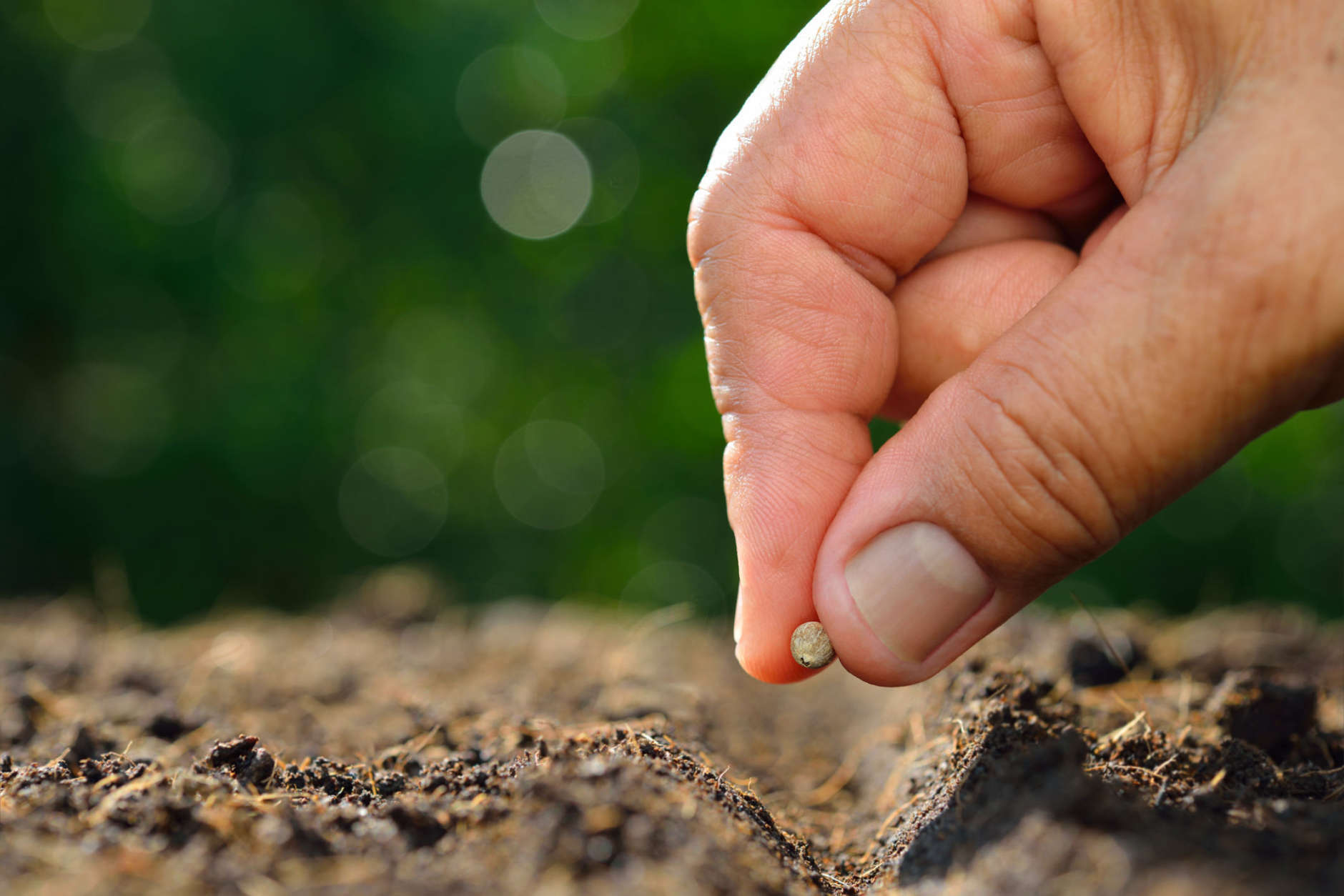
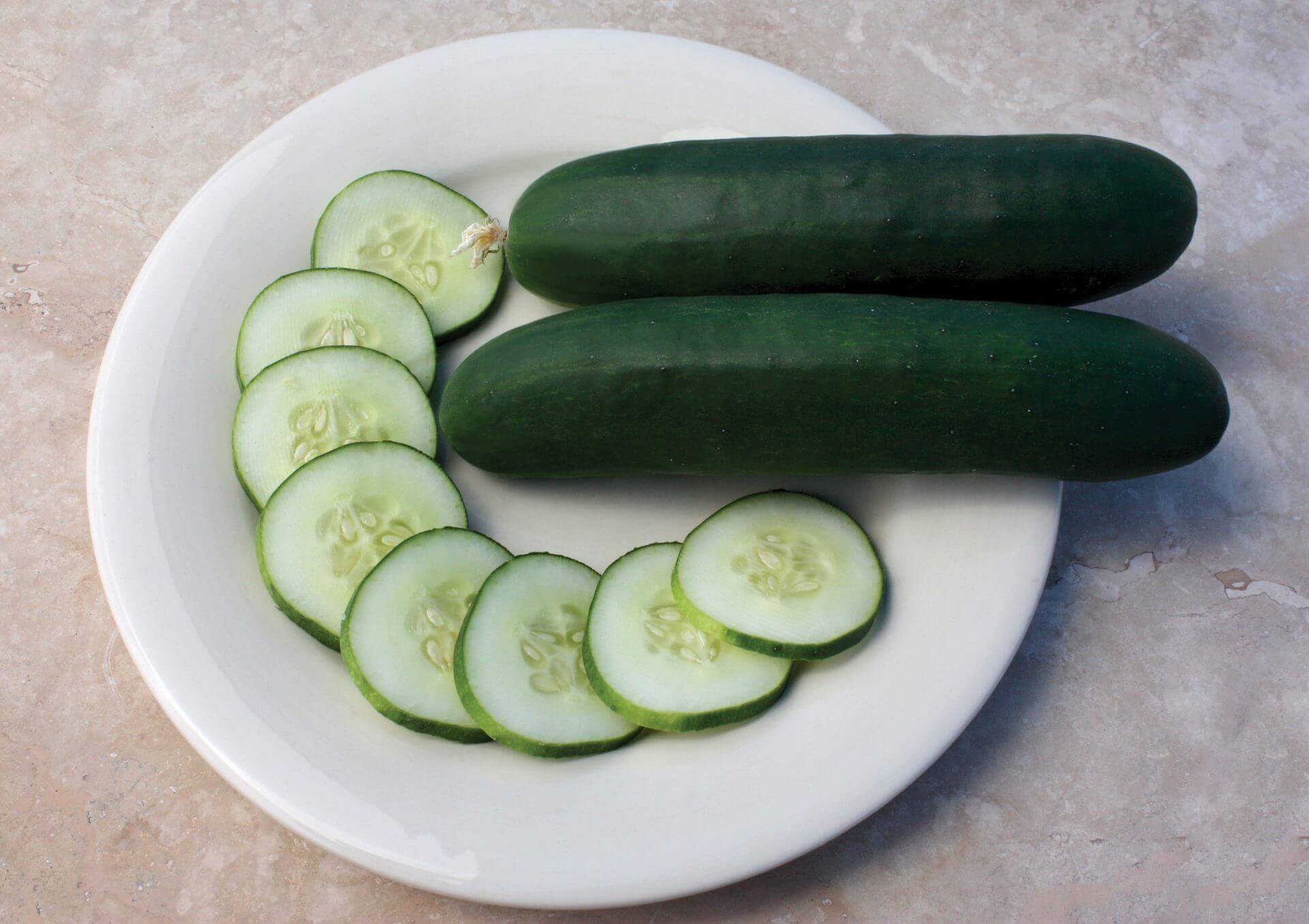

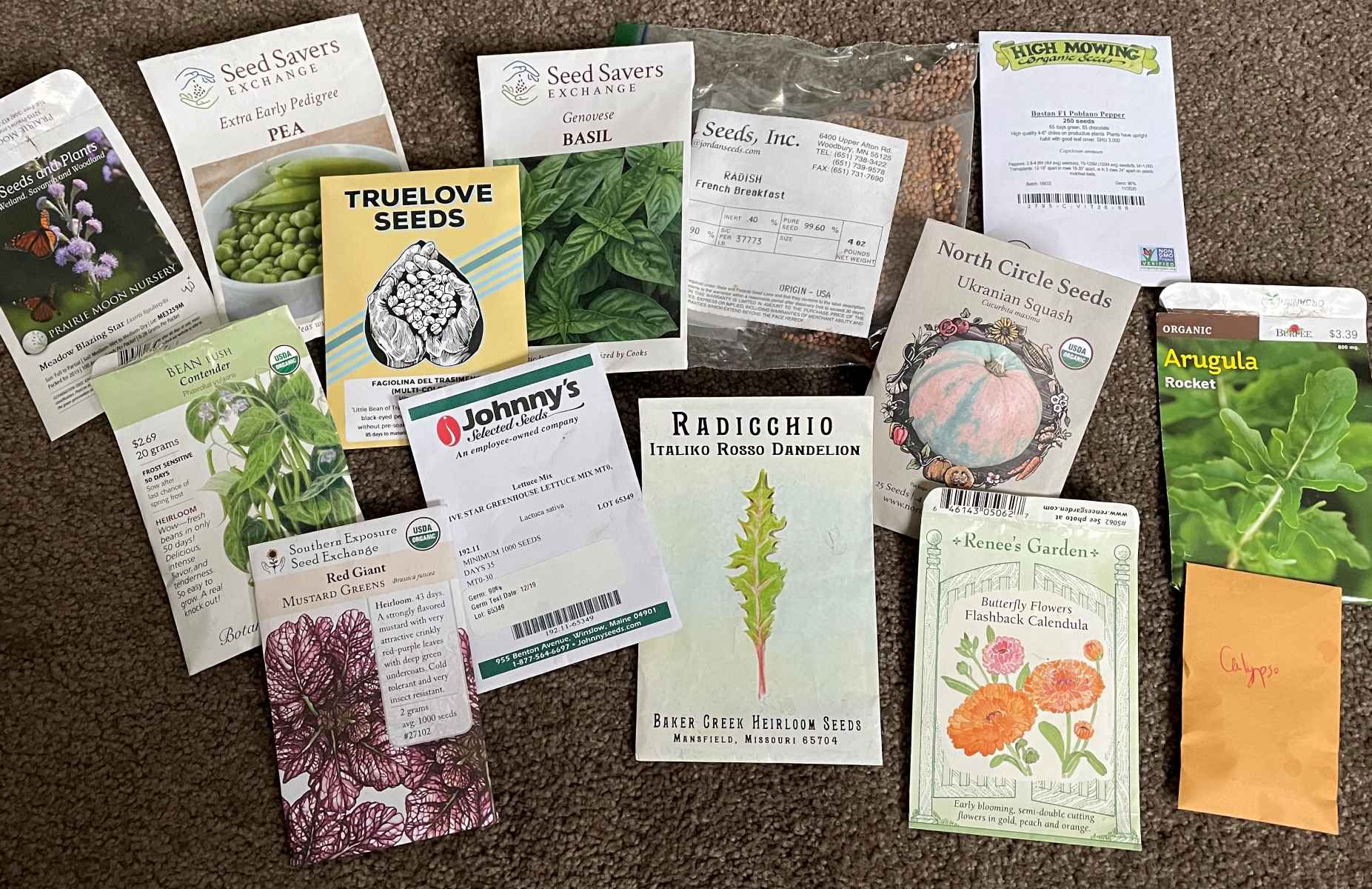

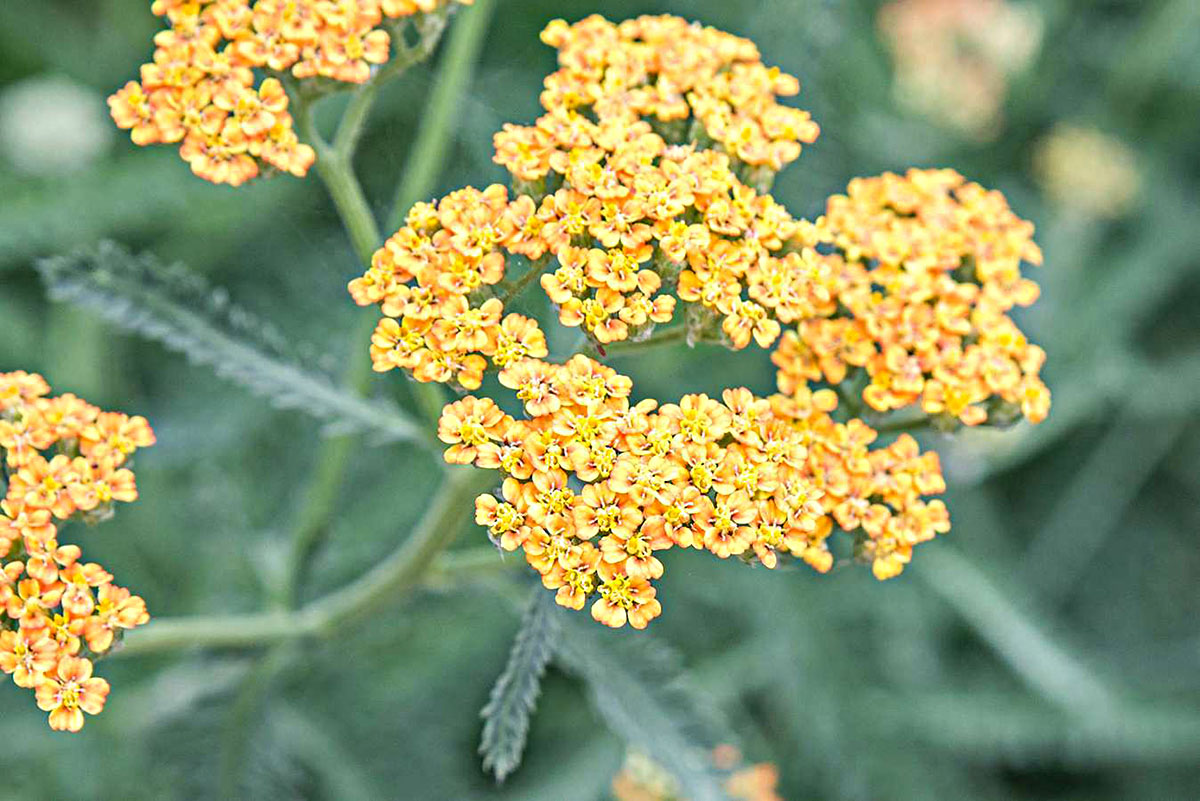
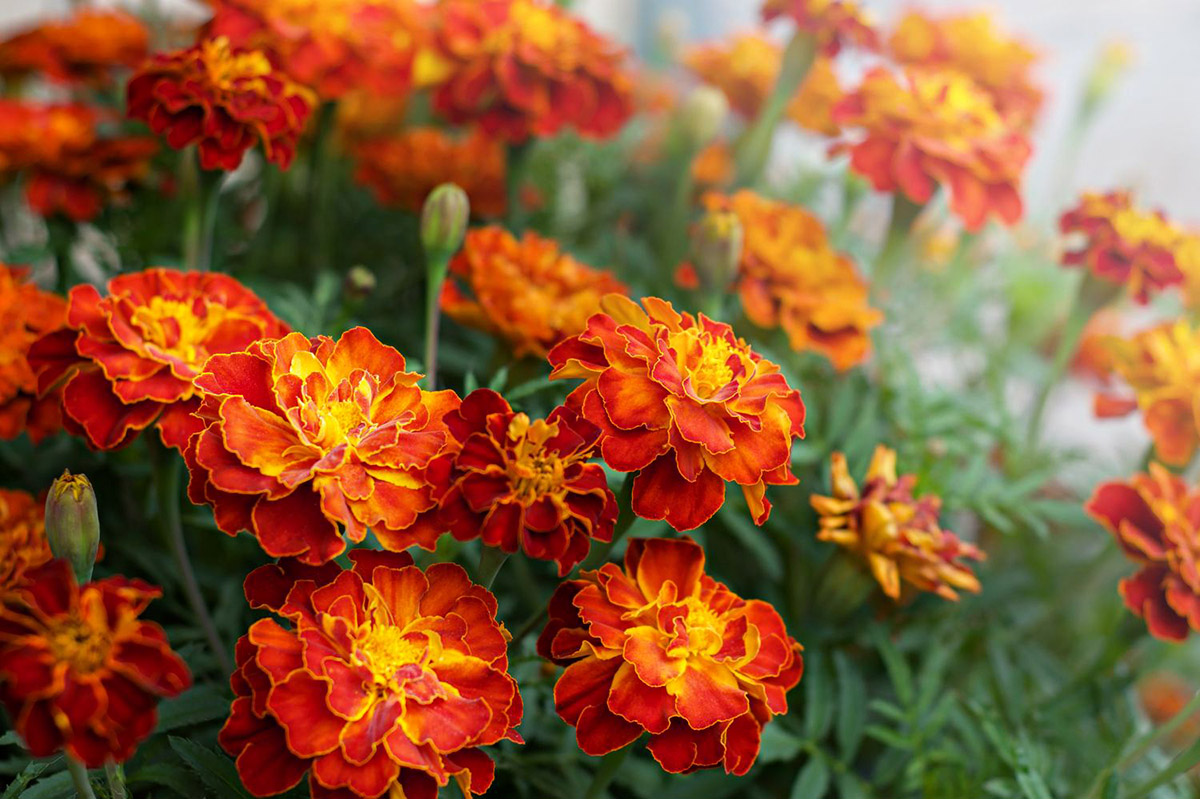

0 thoughts on “How Do Many Seeds Arrive In A Barren Landscape?”